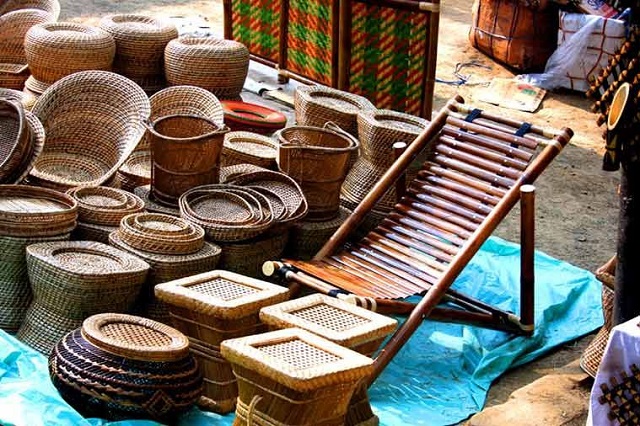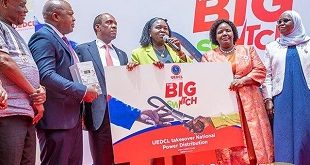
Kampala, Uganda | THE INDEPENDENT | The Uganda Industrial Research Institute- UIRI is considering several innovations to increase the commercial use of bamboo. Dubbed, the wonder plant, the evergreen perennial flowering plant is believed to be the strongest fastest-growing wood plant on earth.
The previously unusable species have seen dramatic growth in its demand as innovators discover a variety of products that can be made out of bamboo, away from the furniture, mats, baskets and chopsticks.
Today, bamboo is used to make flour panels, which appear with a texture of marble blended with the elegance of wood and is increasingly becoming a raw material for building panels, high-quality yarn and fabrics, bicycle-frames, steering wheels, motor vehicle dashboards, newsprint, cardboard and toilet tissue.
Bamboo stems have also been used to make phone cases, keyboards, headphones, speakers, laptops, bathtubs, steamers, musical instruments and helmets, among others. In some parts of the world, bamboo leaves are used as ingredients for medicines, beverages and cosmetics.
Researchers say that Bamboo’s appearance, strength and hardness, as well as its rapid growth cycle and capacity for sustainable harvesting have made it the most sought after a substitute for wood. Bamboo products are also known to be smooth, clean, non-sliding and resistant to humidity.
For more than 15 years, the Uganda Industrial Research Institute has been exploring opportunities for value addition to the widely available, yet untapped product. The Institute is mandated with the transformation of raw materials to income-generating products.
Dr Dick Kamugasha, the institute’s Deputy Executive Director says that they undertook a long but steady path of understanding bamboo, after twinning with the China Bamboo Research Centre, to inform the development of a variety of products for the Ugandan Market.
UIRI is already running a comprehensive bamboo unit which is producing toothpicks, cosmetics, curtains, mats, baskets, desk organizers, table cloth, lampshades, handicrafts, matchboxes, shawls, handbags, and souvenirs. Some of the products are made as hybrids of bamboo and other materials like textile and wood.
With the help of the institute’s cottage and industries incubation project, some private companies are packaging bamboo shoots, a traditional delicacy among the Bagisu community in eastern Uganda. Another group trained by the institute has also succeeded in using bamboo to make eco-friendly bicycle frames.
Dr Kamugasha explains that the above progress is a result of intense training, on bamboo processing and industrial research undertaken by a number of Ugandan technicians in China.
Sunday Ombala, one of the research technicians is currently working on the innovation of a ‘bamboo gym’ which partly comprises a stationed bamboo bicycle engineered to produce electricity.
Justine Lubanga, a trainee at UIRI’s Ntinda-based bamboo workshop says that bamboo products are adorable and are increasingly being sought by Ugandans.
Meanwhile, The Uganda Industrial Research Institute has set up a production line in Kabale District and training farmers on better bamboo plantation management in order to enhance the development of bamboo. Similar centres are envisaged in Arua, Kitgum, and Mbale where bamboo is grown.
The government committed to planting 375,000 hectares of bamboo as part of the strategies to increase the forest cover countrywide effective this year. The 10-year project implemented through the International Centre for Bamboo and Rattan, an intergovernmental Organisation registered with the United Nations that promotes the growing of bamboo and rattan for economic and environmental gains.
*****
URN
 The Independent Uganda: You get the Truth we Pay the Price
The Independent Uganda: You get the Truth we Pay the Price



